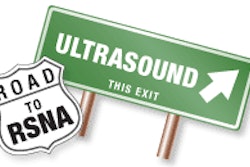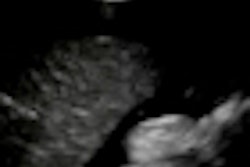Epicondylitis is usually a clinical diagnosis, but imaging modalities can provide objective evidence of disease severity, according to presenter Dr. Kyun-Sik Ahn and co-author Dr. Chang Ho Kang of Korea University Anam Hospital in Seoul.
The research team sought to evaluate the clinical feasibility of ultrasound elastography and set parameters for elastographic measurements in the affected tendon. In a prospective study involving 35 consecutive patients with lateral epicondylitis and five healthy subjects, 80 common extensor tendons in both elbows were examined via ultrasound, color Doppler ultrasound, and sonoelastography. A control group was created from 28 patients with unilateral disease and asymptomatic common extensor tendons and healthy subjects.
The study team found that patients with lateral epicondylitis had significantly low strain ratio in their common extensor tendon origin. As a result, the use of quantitative strain ratio measurements offers promise as a supplementary method for evaluating tendon pathology in lateral epicondylitis, according to the researchers.
"Sonoelastography can reflect the tendon pathology, and the measurements of the strain ratio can be helpful for getting objective evidence of lateral epicondylitis," Ahn said.



















